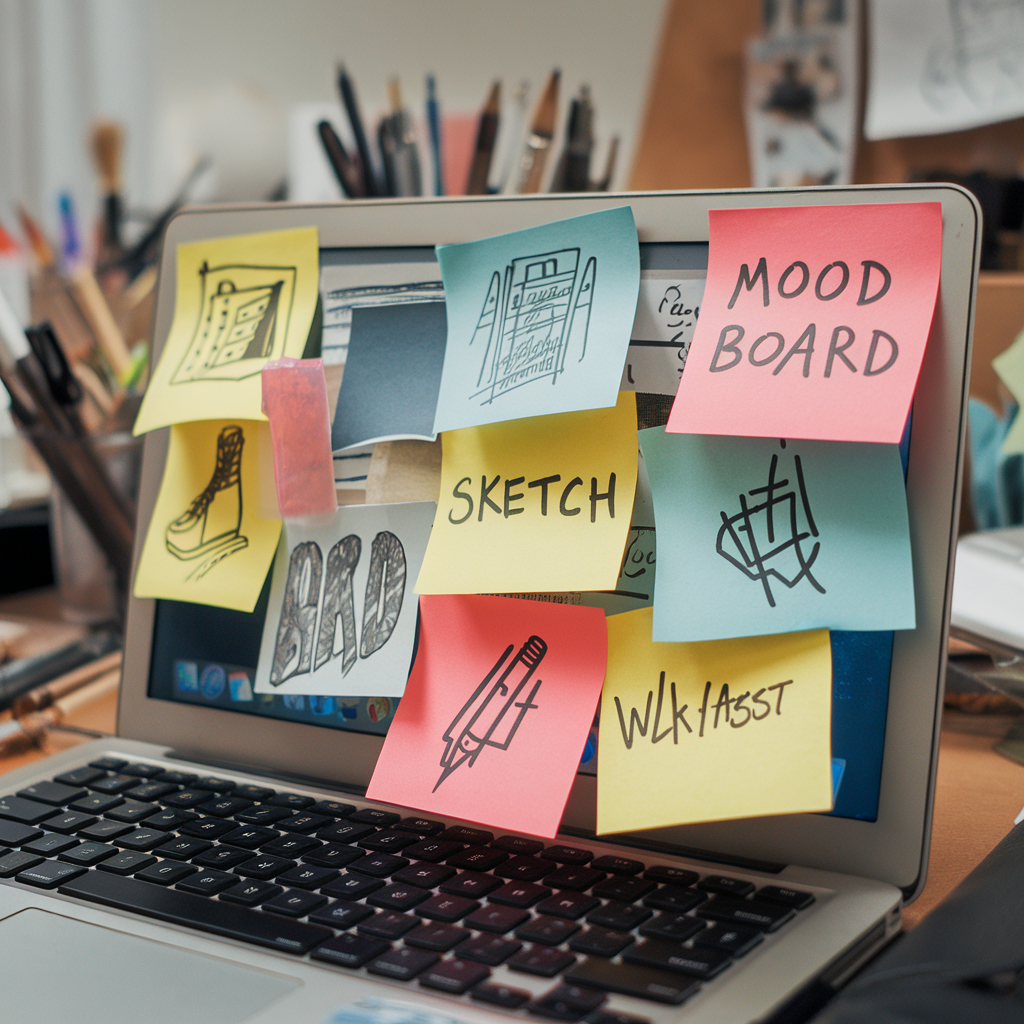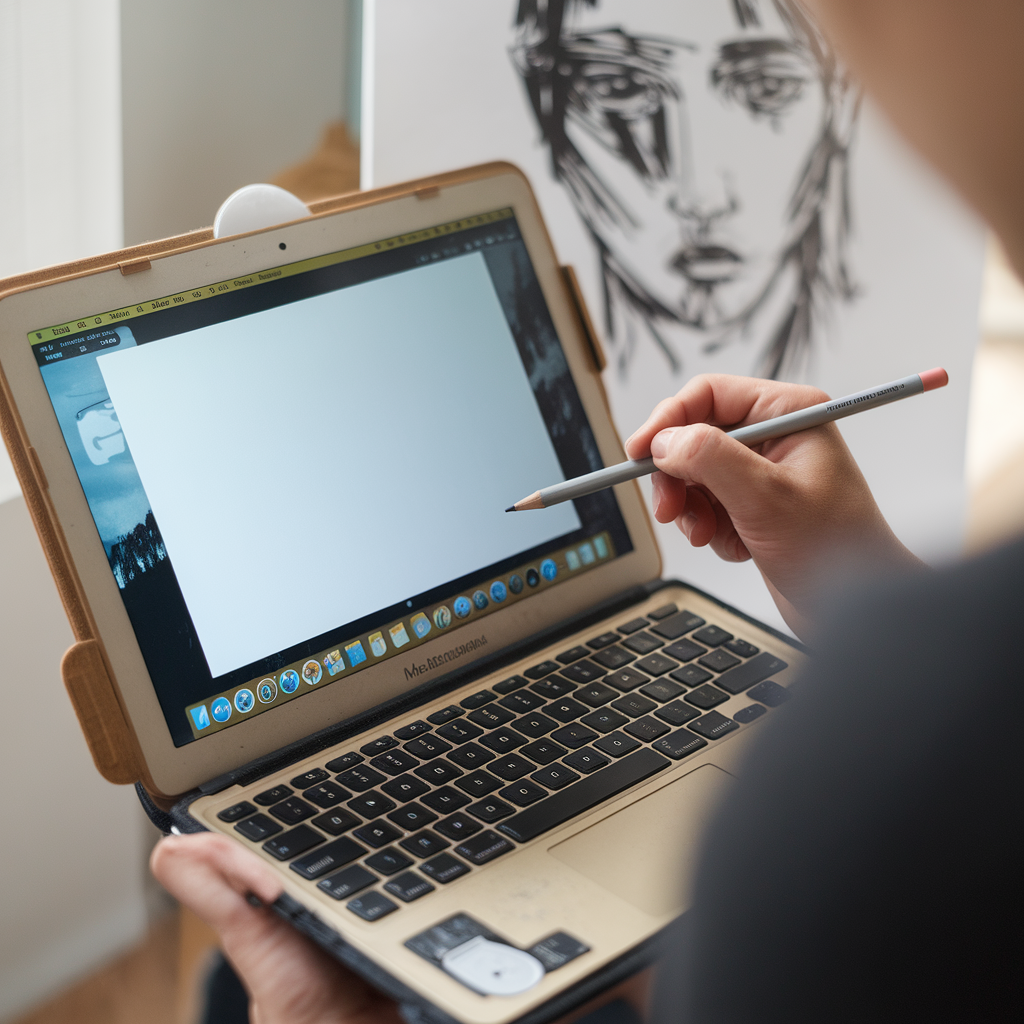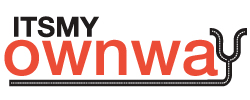Older MacBooks have a way of lingering in cupboards and drawers, waiting for a purpose. For many artists, that purpose is simpler than they expect: a dedicated digital sketchbook, a mood-board station, or a quiet corner for creative planning. Artists often don’t need the latest macOS features or the most powerful GPU—they need consistency, a blank digital space, and tools that don’t get in the way. An older MacBook offers exactly that: stability, portability, and a creative environment separate from the clutter of a main workstation.
A stable, low-pressure space for experimentation
One of the biggest barriers to creativity is the sense of pressure that comes from using your “main” machine. A device packed with deadlines, messages, and complex software can disrupt creative flow.
An older MacBook—cleared of unnecessary apps and running only what you need—creates the opposite environment. It becomes a low-stakes, low-noise space that encourages experimentation.
Split your workspace: use your primary computer for production, and use the older one strictly for exploration.
Whether you’re brainstorming compositions, sketching thumbnails, organising references, or exploring colour palettes, the separation helps you switch into a different mindset.
Lightweight art software that runs beautifully on older macOS versions
You don’t need heavy applications to create meaningful work or early concepts. Many artists use lightweight, responsive tools that run perfectly on older systems:
- Krita (older versions)
• Sketchbook
• Acorn
• MediBang Paint
• Tayasui Sketches
• Affinity Designer / Photo (earlier versions)
These apps load quickly, feel responsive, and offer all the essentials for draft work and ideation. Even with older macOS versions, they run smoothly because they aren’t GPU-heavy. For mood-board building or visual research, browsers, image managers, and simple design tools are more than enough.
This is also where some artists choose to pick up a refurbished MacBook—especially one with a slightly newer chip—so they can dedicate an entire machine just to sketching, notes, references, and on-the-go visual thinking.
Creating mood boards, references, and visual libraries
Every artist needs reference material. Whether you’re illustrating characters, designing environments, planning colour schemes, or gathering photography inspiration, a dedicated machine makes the process cleaner and more enjoyable.
Organise your digital sketchbook MacBook with a simple folder system:
- “Textures & Patterns”
- “Colour Studies”
- “Character Inspiration”
- “Lighting Reference”
- “Composition Ideas”
Use the Photos app, Eagle (older versions), PureRef, or even basic Finder folders. The goal isn’t sophistication—it’s speed. Something you can open instantly to drop in screenshots, sketches, scanned pages, Pinterest saves, or photos from your phone.
Over time, this older MacBook becomes an evolving visual library. No notifications, no work files, no distractions—just raw inspiration.
Enhancing the experience with simple accessories
Artists tend to appreciate tactile improvements. A few accessories can elevate the sketchbook experience without adding complexity.
Stylus tablets:
Small drawing tablets like Wacom Intuos or Huion H640P work perfectly with older macOS versions. They’re lightweight, cheap, and ideal for sketching or refining concepts.
Minimal stands:
A cooling stand or angled riser makes longer sketching sessions comfortable, especially when using an external tablet.
External storage:
A tiny USB-C SSD keeps your sketches, project ideas, and references organised without slowing the system down.
Screen matte protectors:
These reduce glare and give the display a paper-like texture, making sketching more pleasant.
These small additions transform an old machine into a purpose-built creative workstation.
A device that supports creativity, not productivity
The charm of using an older MacBook for art is that it doesn’t demand anything from you. It doesn’t run heavy processes; it doesn’t need to be part of your working network; it doesn’t even have to sync with your main devices unless you want it to. It’s a quiet, stable space that exists purely for ideas and visual exploration.
You can take it to a café without worrying about damage. Bring it on a train for travel sketching. Leave it on the side table with a tablet ready to go. Its limitations become part of its usefulness: fewer distractions, fewer decisions, more focus.
For artists who feel overwhelmed by the pressure of “starting a real piece,” having a dedicated sketchbook machine—something lightweight, low-stakes, and highly accessible—helps break creative blocks. It gives you room to think, explore, and gather without judgment.
Older Macs aren’t obsolete; they’re just waiting for the right kind of work. And creative exploration is often exactly that.
Read More: How to remove Bookmarks on Mac












